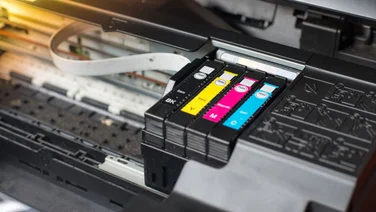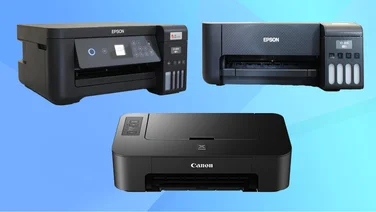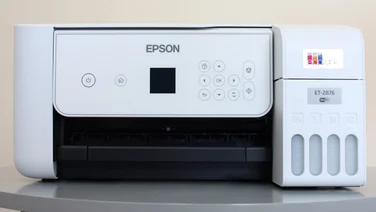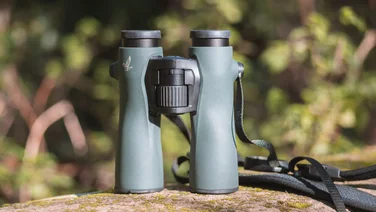To help us provide you with free impartial advice, we may earn a commission if you buy through links on our site. Learn more











The Samsung NX range of mirrorless system cameras isn’t as well known as the Panasonic G, Olympus PEN or Sony NEX ranges, although judging by the disappointing NX100, perhaps it deserves to stay that way. The NX11 seems more promising, though, addressing our primary criticisms of the NX100 by including a flash and an optically stabilised kit lens.

Unlike the NX100 and most other mirrorless system cameras, the NX11 looks like an SLR after a crash diet rather than a super-sized compact. Lens aside, it’s much slimmer than any SLR, and peering through the viewfinder to see an LCD screen reveals its true nature. This screen isn’t quite as big and detailed as the Panasonic G3’s electronic viewfinder but it’s not far behind. Unlike the G3, the NX11’s viewfinder automatically switches on when the camera is raised to the eye. Both cameras also have impressive 3in screens. While the NX11’s AMOLED technology produces richer colours, the G3’s is articulated – a great feature for shooting video.

Here you can see the handy i-Function button on the lens
The NX11 has a button marked i-Function on its lens – a feature we first saw on the NX100. We weren’t sure about it then but we must admit that the idea is growing on us. It works on the assumption than the camera will be used in autofocus mode for the vast majority of the time, and allows the lens’s focus ring to be reassigned to ISO speed, white balance, exposure compensation, shutter speed or aperture. The i-Function button cycles around these options, and the large lens ring was quicker to operate than the conventional controls that duplicate these functions elsewhere on the camera.

One of the best sets of controls we’ve seen of late
There’s quick access to other settings, too. There are dedicated buttons to access the autofocus point, drive mode, exposure lock and depth-of-field preview, and pressing the Fn button reveals other key settings without needlessly duplicating options that are available elsewhere. We really like the way advanced settings, such as self-timer delay and flash compensation, are presented next to the relevant basic settings rather than being buried in the menu. It’s arguably the best control layout of any camera this side of £700.
Performance was adequate rather than exceptional. We can live with 1.3 seconds to switch on and 1.1 seconds between shots, although some rival cameras are twice as quick. Autofocus was partly to blame. It’s fast for a contrast-detect system (as used by compact cameras), but not as fast as the Panasonic G3 or the phase-detect autofocus used by SLRs. Continuous shooting ran at 2.9fps, but enabling Lens Correction in the menu to fix barrel distortion problems in wide-angle shots reduced this speed to 1.4fps.
Videos are recorded at 720p, which is disappointing now that 1080p is common in cameras costing half this much. Video quality was generally excellent, though, with smooth, vibrant colours and a flattering shallow depth of field that’s only possible from a big-sensor camera. However, multi-coloured moiré interference took the shine off, as did the juddering noises that crept onto the soundtrack as the lens adjusted its focus. We also noticed a two-second lag between hitting record and the recording commencing.
Photo quality was up to scratch but it didn’t live up to the standards set by rival cameras. Details were generally sharp but they sloped off a little towards the edges of the frame, and close-up shots were never perfectly focused. The example below was one of the better ones from our tests, but focus is still a little hazy.

The NX11 isn’t as sharp as we’d like when it comes to close-ups (click to enlarge)
There was no sign of noise at ISO 100, but by ISO 400, noise reduction was already taking its toll on subtle details. At ISO 800 and above, noise levels – along with noise-reduction artefacts – were more visible than we expect from a camera with an SLR-style APS-C sensor. The ISO control maxed out at a relatively conservative 3200, and quality at this setting was disappointing, with grainy shadows and patches of under-saturated colours.

Noise and noise reduction are an issue on the NX11 – Click on this image to enlarge it
The NX11’s controls are excellent but in almost every other respect it’s eclipsed by the Panasonic G3. The G3 takes better photos and videos, it’s significantly faster and its articulated screen and superior electronic viewfinder outweigh the NX11’s vibrant AMOLED screen. Panasonic and Olympus’s Micro Four Thirds mount also has a much wider range of lenses to choose from. Then again, the NX11 is currently around £65 cheaper. Meanwhile, both cameras face stiff competition from the Nikon D3100, a conventional SLR that’s only a little larger and heavier, and raises the stakes for image quality even higher.





